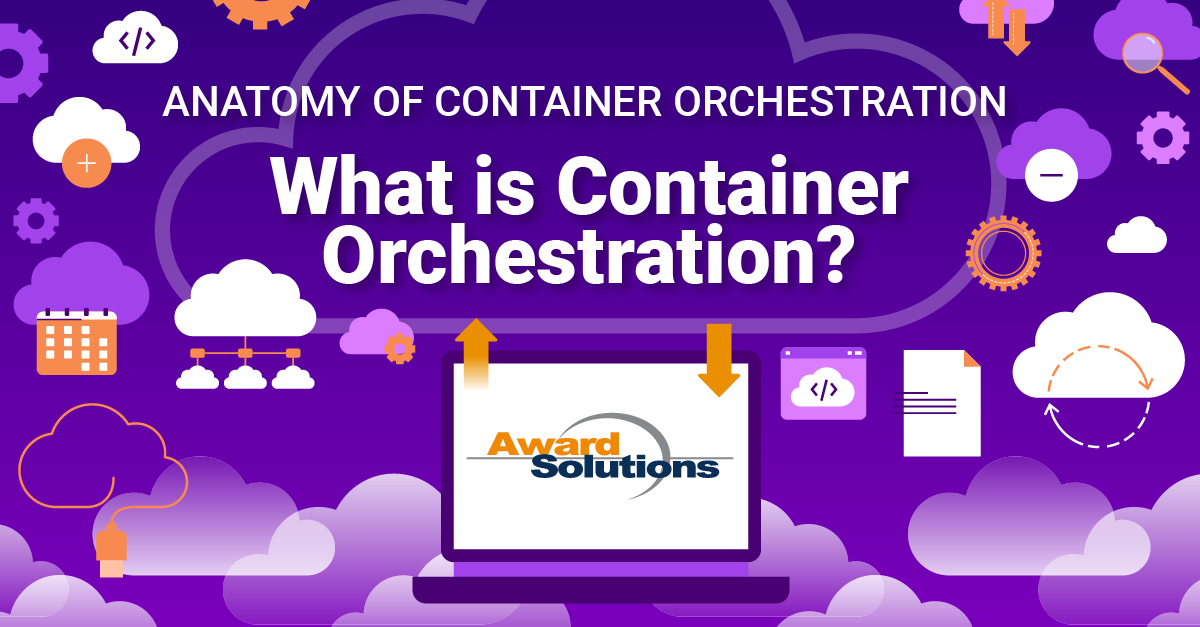
In the ever-evolving software development and deployment landscape, containerization has emerged as a transformative technology. Containers provide a lightweight, efficient, and consistent way to package and run applications, making them easily portable across different environments. However, managing containers at scale can quickly become complex and challenging, and where container orchestration comes into play. In Part 1 of this Anatomy of Container Orchestration series, we will dive deep into the concept of container orchestration, its significance, and the most popular tool for orchestrating containers (spoiler alert: Kubernetes).
Before we delve into container orchestration, let's briefly revisit the fundamental concept of containers. Containers are a form of virtualization that packages an application and its dependencies into a single unit. This unit, known as a container, encapsulates everything required to run the application, including libraries, binaries, and configuration files. Containers offer several advantages. Containers can run consistently across different environments, from a developer's laptop to a production server, ensuring an application behaves the same way everywhere. Containers provide a level of isolation between applications, preventing conflicts between dependencies and ensuring security. Containers are lightweight, as they share the host operating system's kernel, making them highly resource-efficient compared to traditional virtual machines.
Imagine you have developed a containerized application and deployed it to a single server. Everything works perfectly, and life is good. But what happens when you need to scale your application to handle increased traffic, ensure high availability, or manage multiple containers across multiple hosts? It's in this situation where the need for container orchestration becomes apparent.
Container orchestration is the process of automating the deployment, scaling, management, and networking of containers. Container orchestration addresses several key challenges. Orchestration tools can automatically create or destroy container instances, known as scaling, based on demand, ensuring your application can handle varying workloads. Load balancing is the capability to distribute incoming traffic evenly across containers, improving performance and ensuring high availability. Orchestration frameworks provide fault tolerance. Fault tolerance is the ability to detect and recover from container failures, minimizing downtime. Lastly, Service Discovery is the mechanism that allows containers to discover and communicate with each other, even as containers move between hosts.
Now that we understand why container orchestration is essential, let's explore some of the key features and capabilities offered by container orchestration platforms. Container orchestration tools simplify the deployment process by automating the creation and scaling of container instances to reduce the burden on developers and operations teams. Orchestration frameworks continuously monitor the health of containerized applications. If a container fails or becomes unresponsive, the orchestration platform can replace it with a healthy one. Container orchestration supports rolling updates, allowing you to deploy new versions of your application without causing downtime. You can perform rollbacks quickly if an update introduces issues. Orchestration tools allocate and manage resources efficiently, ensuring containers have the CPU, memory, and storage needed to operate optimally.
You can define and manage container configurations and environment variables centrally, making it easier to maintain consistency across containers.
Over the years, the market introduced several container orchestration tools. But today, the container orchestration tool of choice is Kubernetes. Kubernetes, often abbreviated as K8s, is the de facto standard for container orchestration. Developed by Google, it has a vast and active community supporting it. Kubernetes offers rich features for deploying, managing, and scaling containerized applications. It uses a declarative approach, where you specify the desired state of your application, and Kubernetes takes care of achieving and maintaining that state.
Container orchestration is not limited to a specific industry or application. It can benefit a wide range of use cases. Container orchestration is well-suited for microservices-based applications, where individual services run in separate containers. Orchestration platforms manage the deployment and scaling of these services seamlessly. For applications that require high availability, container orchestration ensures that container instances are distributed across multiple hosts and can recover from failures swiftly.
Orchestration tools help organizations maximize resource utilization, ensuring that containers run efficiently without wasting resources. Container orchestration supports automated continuous deployment pipelines, enabling teams to rapidly deliver updates and new features to users. Organizations with complex infrastructure needs can use container orchestration to manage containers across on-premises data centers and multiple cloud providers.
Container orchestration is a vital component of modern application deployment and management. It empowers organizations to scale, deploy, and manage containerized applications easily while ensuring high availability, fault tolerance, and resource efficiency. As containerization continues gaining momentum, understanding and embracing container orchestration becomes essential for staying competitive in the fast-paced software development and deployment world. In Part 2 of this series, we will explore Kubernetes in more detail.
Chris Reece, Technologist, Award Solutions, Inc.
Chris Reece works with leading global service providers, transforming networks and empowering individuals in 5G, Virtualization/Containerization, and Machine Learning/Artificial Intelligence. Service providers rely on Chris to paint both the big picture and the business impact of technology and appreciate his enthusiasm for getting into deep, detailed discussions when needed. You may have seen Chris on Award Solutions' YouTube Channel. In addition, Chris is featured at leading telecom conferences worldwide, including MWC, and in publications like IEEE Spectrum and DZONE.
Chris holds a master's degree in Computer Science Telecommunications from the University of Missouri at Kansas City and a bachelor's degree in Computer Science and Mathematics from Cameron University. He also holds four patents in wireless technologies.
